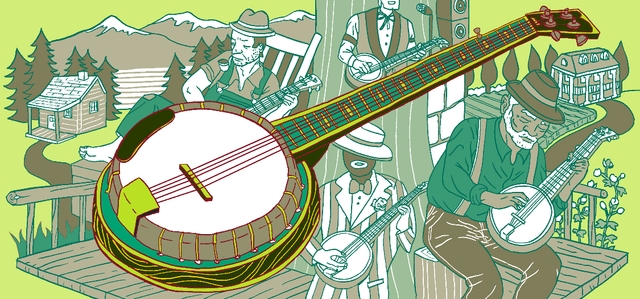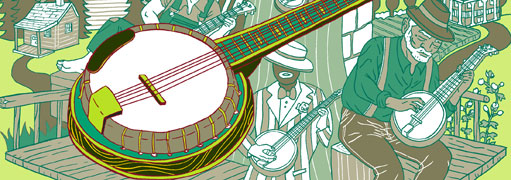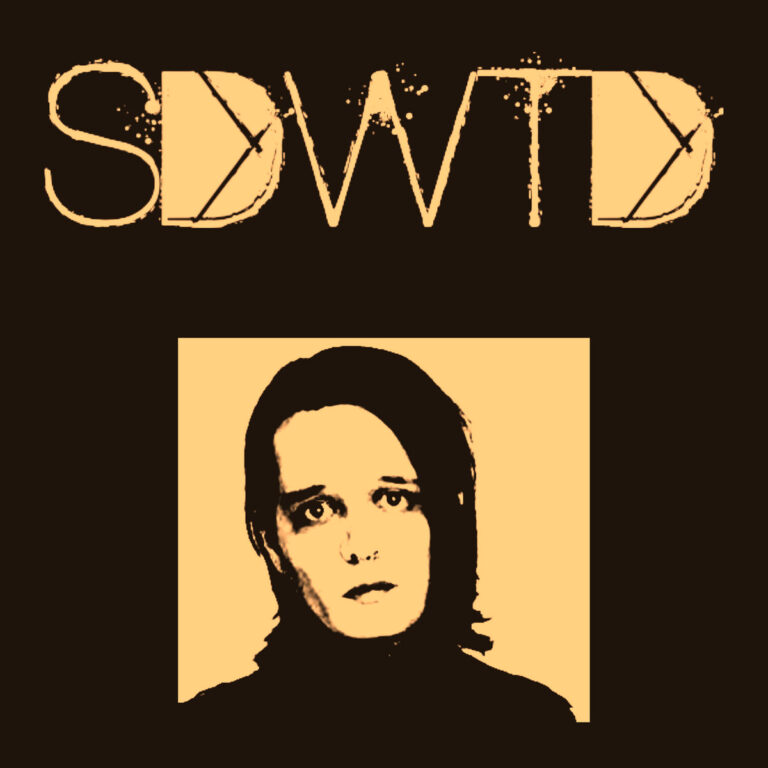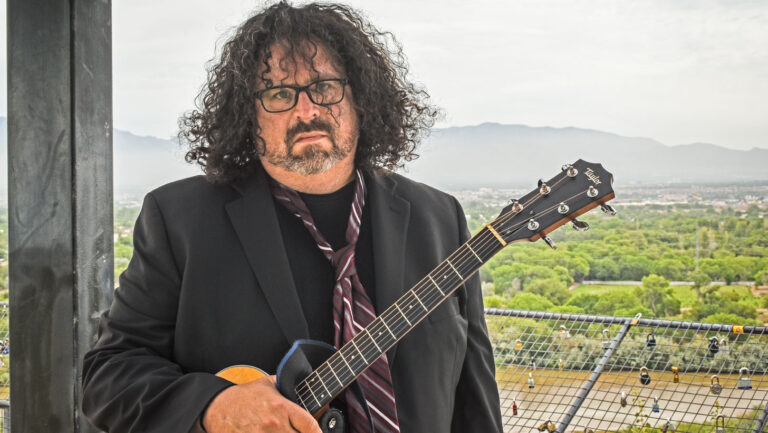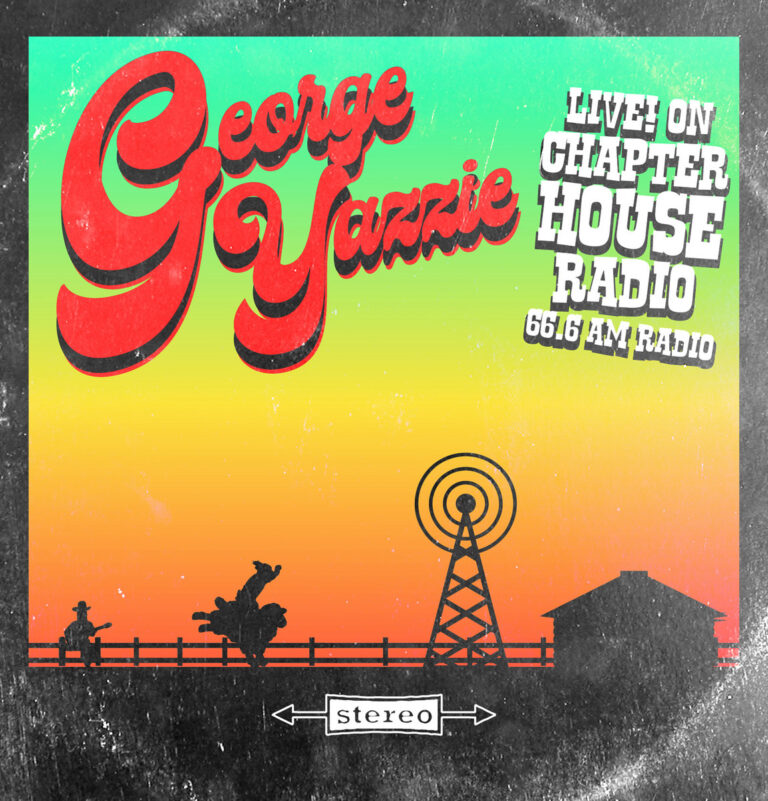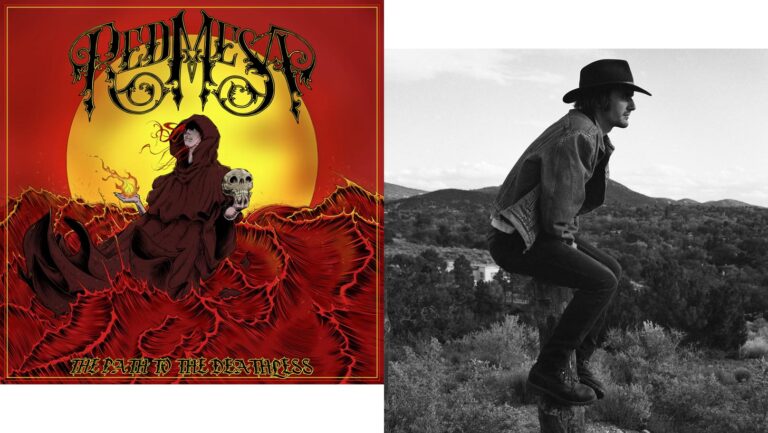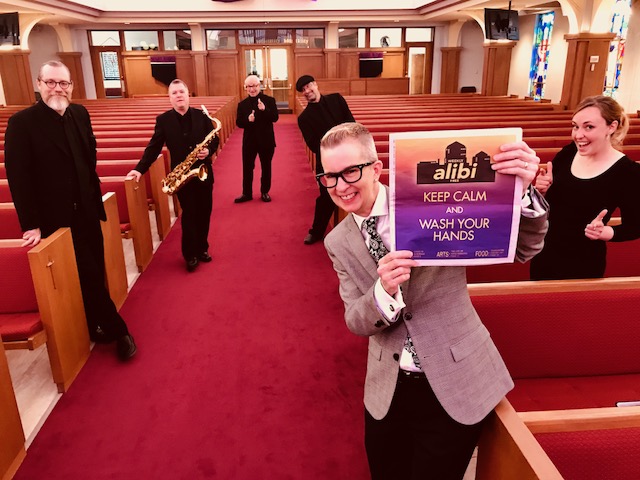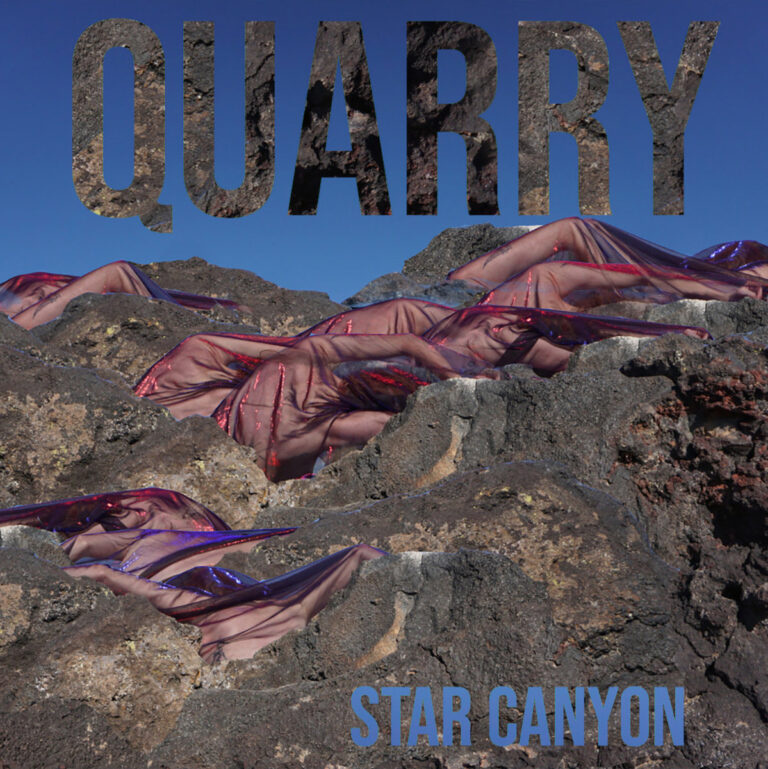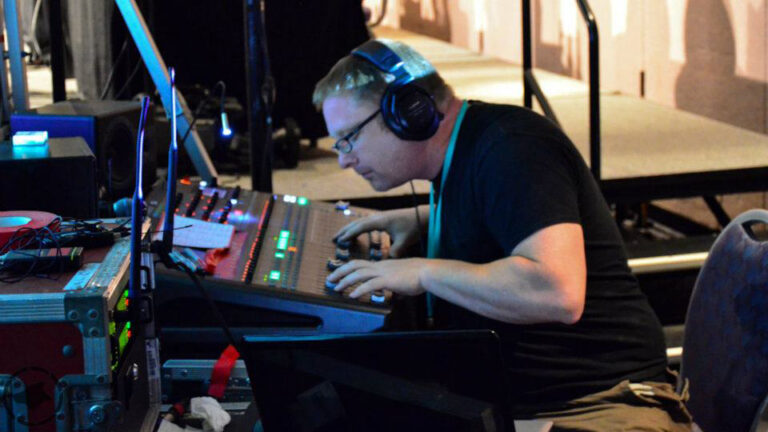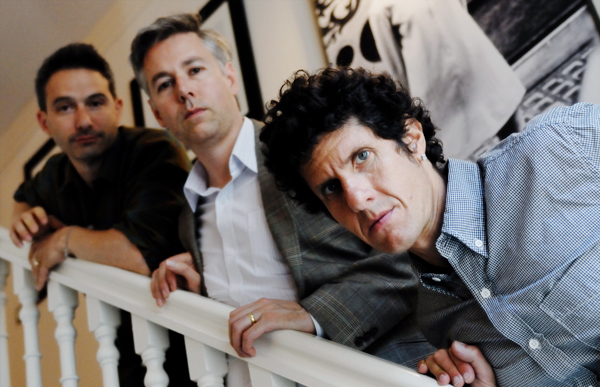Conventional wisdom holds that the banjo is a relentlessly cheerful instrument. A lot of banjo-centric music certainly comes off that way. If you stop listening to the lyrics, a bluegrass song about a brutal murder can sound like a lovely frolic through a meadow filled with daffodils. It’s true that the pure tone of a banjo can convey extremely dark emotions. For whatever reason, though, we don’t register that side of the instrument very often. In the popular imagination, the banjo mostly continues to be a bright, happy comedy machine. Yet the history of the banjo, much like the history of the United States itself, has a complicated dark side. Brought to the American colonies by African slaves, by the 19th century white musicians had incorporated the instrument into minstrel shows—a form of popular entertainment featuring white performers who blackened their faces to ridicule Black Americans. These performers wielded banjos and often sang songs about what a pleasure it was to be a slave.By the 20th century, decades of insult and derision had convinced most Black musicians to abandon the instrument altogether. At the same time, rural whites in Appalachia and elsewhere adopted the banjo as an instrument for performing their own folk music traditions. Soon the banjo’s baggage was transferred, and the instrument became a vehicle for popular American culture to ridicule or condemn southern bottom-of-the-social-ladder whites. The iconic example is the 1972 movie Deliverance, in which a young in-bred hillbilly tears it up on the tune “Dueling Banjos.” Throughout much of the last century, such examples sprouted up in every corner of the culture. They continue to appear to this day. Even in 2013, on some level, the banjo is still an object of ridicule, associated with overalls, bumpkins, stupidity and corny jokes.In a new incarnation of his legendary banjo shows, Wayne Shrubsall will explore the instrument’s complicated cultural symbolism. More importantly, he will also dig deep into the music itself. Many of the earliest commentators on the banjo recognized that African slaves played immensely accomplished music on the instrument. Despite the troubling racism of the minstrel show, black-face musicians performed very intricate music on their banjos. White country musicians such as Earl Scruggs brought dazzling virtuosity to the instrument. Beginning in the late 20th century, sophisticated musicians such as Béla Fleck have pushed the banjo into almost every conceivable genre. At the same time, Hollywood superstar Steve Martin has largely given up acting in favor of bringing a heightened awareness to the banjo’s musical importance in American culture.One reason why Shrubsall’s banjo extravaganza is so dazzling is because he has an entrancing stage presence and a sharp sense of humor that allow him to translate this complicated history in a way that’s both accessible and entertaining. Another reason is that he’s one of only a handful of banjo players in the country who can actually perform all of the major historical banjo styles competently, from Civil War-era minstrel picking to turn-of-the-century parlor tunes to Dixieland jazz to old-time Appalachian tunes to bluegrass. He also usually has a bunch of modern and even globally-tinged musical surprises up his sleeves for these shows.Shrubsall helps us realize that the reason the banjo has played such a primary role in our country’s musical history is that for hundreds of years, people have simply loved the way the thing sounds. He also shows us that the tunes emitted from this instrument are much more varied than you might guess if your only exposure comes from old re-runs of “Hee Haw” and “The Beverly Hillbillies.” By combining historical narrative with musical exploration, Shrubsall unveils how the banjo’s deep—and often painful—cultural associations affect the way we experience the different types of music that resonate from that vibrating drumhead. At the end of the day, though, Shrubsall’s big banjo spectacles are also just plain fun. Expect a large supporting cast of talented musicians on hand to help round out the show. If the banjo’s ring presents any attraction for you at all, this event is unmissable. As an added bonus, the big guy is turning 70, so Alibi readers planning to attend would be advised to bring cupcakes.Also, try to get there early, at 6:15 or so. I’m told there will be a big surprise waiting for us.
Yet Another Really Big Banjo Show
with Wayne Shrubsall
Saturday, May 11,
7 to 10 p.m.
South Broadway Cultural Center
1025 Broadway SE
Tickets: $15, reservations recommended
298-5589

